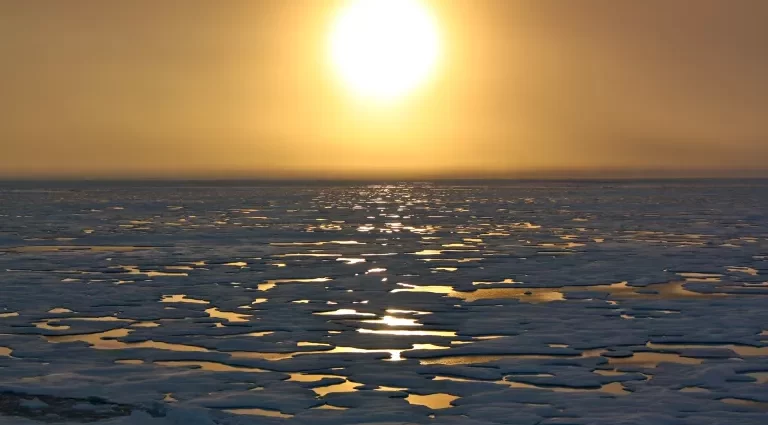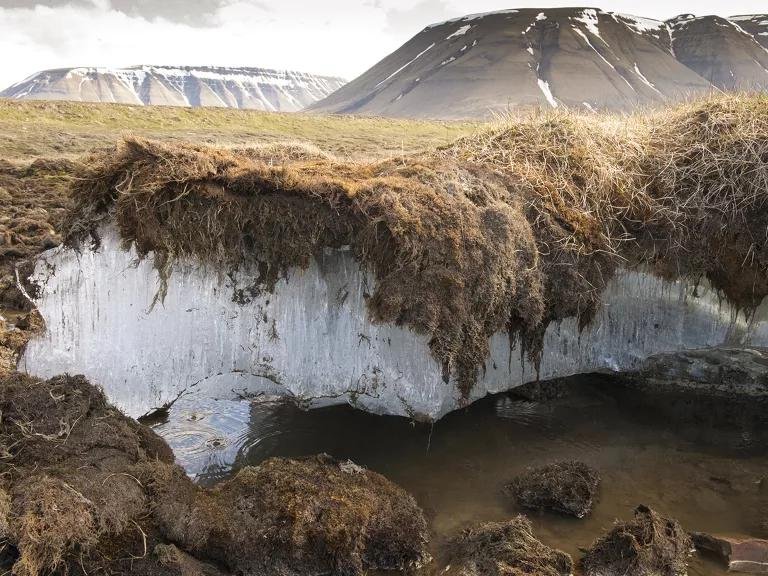Drilling by fossil fuel companies in Norway’s permafrost could be releasing an unknown danger. Researchers have found that 50% of the 18 hydrocarbon exploration wells in Svalbard had encountered trapped methane gas.

If a significant amount of this gas is released into the atmosphere, it could cause a rapid increase in carbon emissions, leading to the accelerated melting. This would result in the release of even more methane, creating a dangerous cycle.
In addition to drilling activities, certain geographical characteristics of the permafrost in Svalbard can also result in the release of this gas. Understanding the movement of methane beneath the thick ice can be challenging.
Fossil fuel-prospecting companies are now allowing scientists to study wells in order to gain a better understanding of the behavior and accumulation of gas. A few wells had large amounts of methane gas stuck in the permafrost, while others had no gas, indicating that it had already moved to a different location.
Scientists still have more research to do in order to fully comprehend the movement of methane gas beneath the ice, despite the concerning potential of these deposits.

Methane is a strong greenhouse gas that is currently escaping in small amounts from beneath. However, as glaciers melt and permafrost thaws, this could increase the release of methane, posing a significant environmental threat.
Reference- Journal Frontiers in Earth Science, National Geographic, BBC, The Guardian, Futurism







